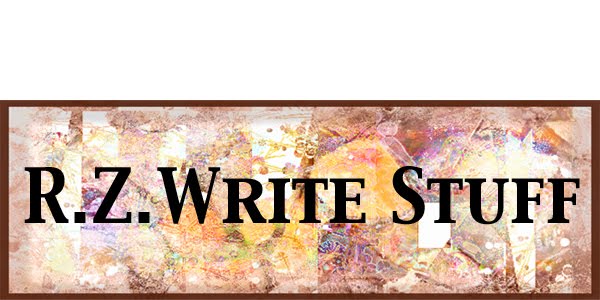 I Never Knew Rosella Ruth. Vintage Photo-Montage, by Ruth Zachary.
I Never Knew Rosella Ruth. Vintage Photo-Montage, by Ruth Zachary.
CHARACTERIZATION.
Even if you are not a writer of fiction, you can benefit by finding new approaches to depict a person, or a character. In poetry or in biographical sketches, and even in news reporting, incorporating details, which authentically reveal character, can enrich your writing.
.
EXERCISE IN CHARACTERIZATION;
Character traits fall into different categories:
General Traits formed by heredity and environment;
Universal, important when a character departs from the norm.
Nationalistic; traits resulting from culture, language, history, etc.
Regional; traits peculiar to a certain region or location.
Group; traits derived from occupation, social status, sex, etc.
Period, Century or Decade or Era. Traits specific to time periods.
Physical Traits found in the physical makeup of the person, but which often are symbolic of other sorts of traits deriving from the background.
Personal Traits found in the social or ethical aspect of the individual.
Emotional Traits found in the mental or psychological cast of the personality.
.
The following list includes characteristics a person may reveal. Pick one or more to use in your depiction of him or her to convey an idea of personality. Show how the person discloses these traits, rather than by description, or “telling” the reader or interpreting the character. Conversation with you or with another may reveal the character’s motivation, peculiarities, attitudes, etc. Observation of actions may suffice. Descriptions of physical appearance, or clothing are best intermixed with conversation or observation to be more interesting. Descriptions which are symbolic, as with a physical setting can convey a great deal about a character.
.
Her style, her dress.
His values, ethics, integrity, character and beliefs
His actions or behavior as related to the above
Her way of thinking, her thoughts
His manner of speech, gestures, or language
Her intelligence
His wisdom
His peculiarities, differences, aberrations and contradictory traits
His life routine or way of being
Her physical landscape, geography, climate
Her pleasures and leisure activities
Her limitations and barriers
Her occupation, work, specialized experience or vocabulary
His unrealized dreams
His relationships and the way he views them
Her Country, and political or economic climate
His appearance, gender, sexual preferences and age
Her prejudices and fears, secret shame, or back story, hinted at - not told
The way she experiences the world; which senses are dominant.
What she says or thinks about other people
.
In the following poem, I characterize a grandmother I never met using two photos and a few scraps of information from a letter and from other’s accounts.
.
I Never Knew Rosella Ruth
I have two likenesses of her, and a letter
written to her parents, just after she
was married in 1902. Nearly every
other paragraph mentioned “Charlie.”
.
In the first photograph, her hair was pulled
severely back from her symmetrical face,
her round heavy-lidded blue–gray eyes
stared out under carefully shaped brows,
and a strong chin held her blended
cheeks in place. Her plainly pinked lips
seemed motionless over a black stiff
bodice lined with a white parson’s collar.
She had retouched the photo herself.
Was it the retouched woman who
willingly surrendered to death, and left
an infant and a devastated Charles behind?
.
Aunt Lillian’s photo of her was less formal,
less perfect than other family recollections.
A vital, direct, and hopeful gaze looked
at me openly as if curious about what kind of
granddaughter I had become. I noticed
her face was not symmetrical at all,
left ear and eye slightly lower than the right,
with a hint of blood, dark in sensuous lips.
Her mouth and chin were still determined,
but did I imagine a hint of mischief?
And wisps of hair, escaped in wayward
streaks from that disciplined cap of hair.
.
She looked so familiar. That face could
have been mine, once, was the face
I saw in the mirror when I was young;
The face in the photograph shared
my features; the same round heavy eyes,
except brown, like Charlie’s, a drooping
left eye and ear like hers, nose straight
but tilting up. In the mirror
I saw that at my age now, I was like her
grandmother, instead of she being mine.
.
I was often told I was her namesake and
had inherited her “gift,” a rare artistic talent.
In this influence, I have lived my life
with determination to redeem the gift
we each were given at birth. I view her now,
as a mere girl of only twenty- three, scry
her face for inner strengths, and wonder at
her weaknesses, by which to measure
the lessons I have learned, that might
have fulfilled the life she didn’t get to live.
.


No comments:
Post a Comment